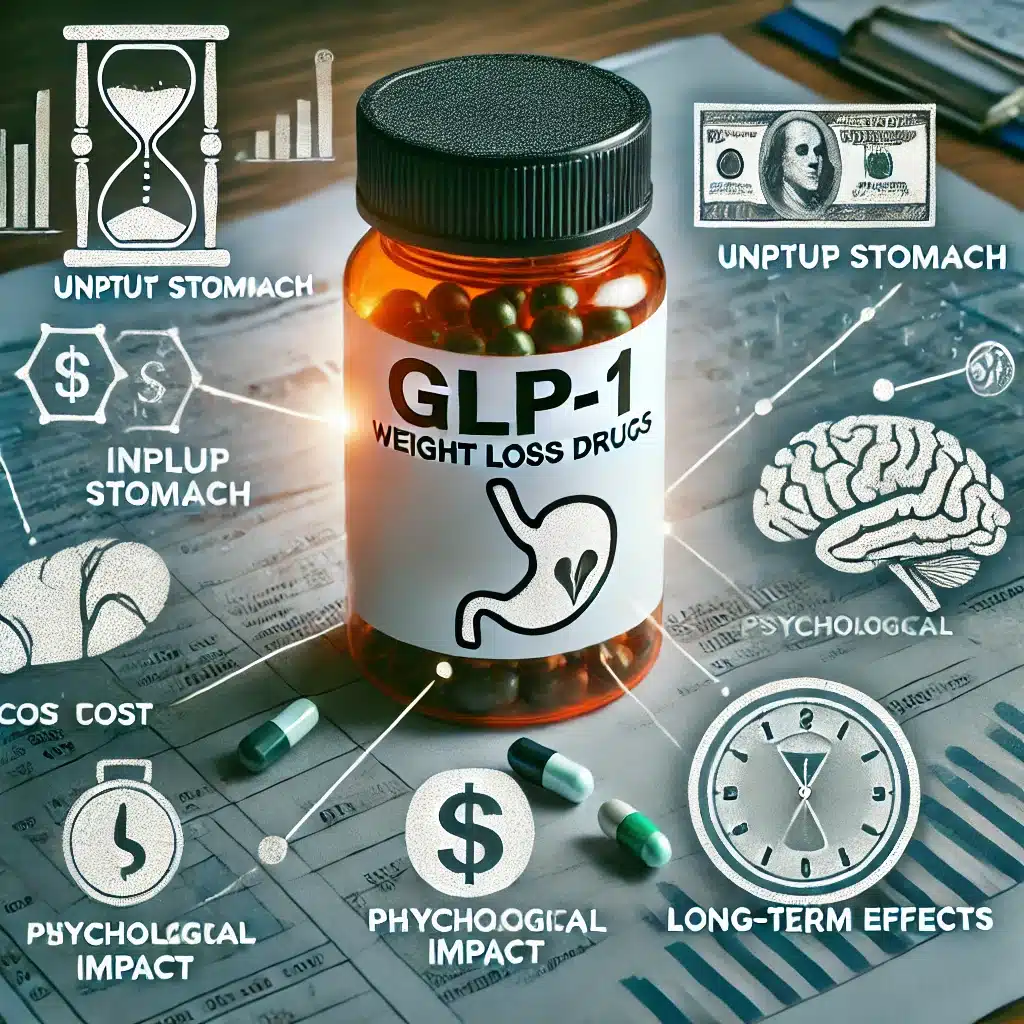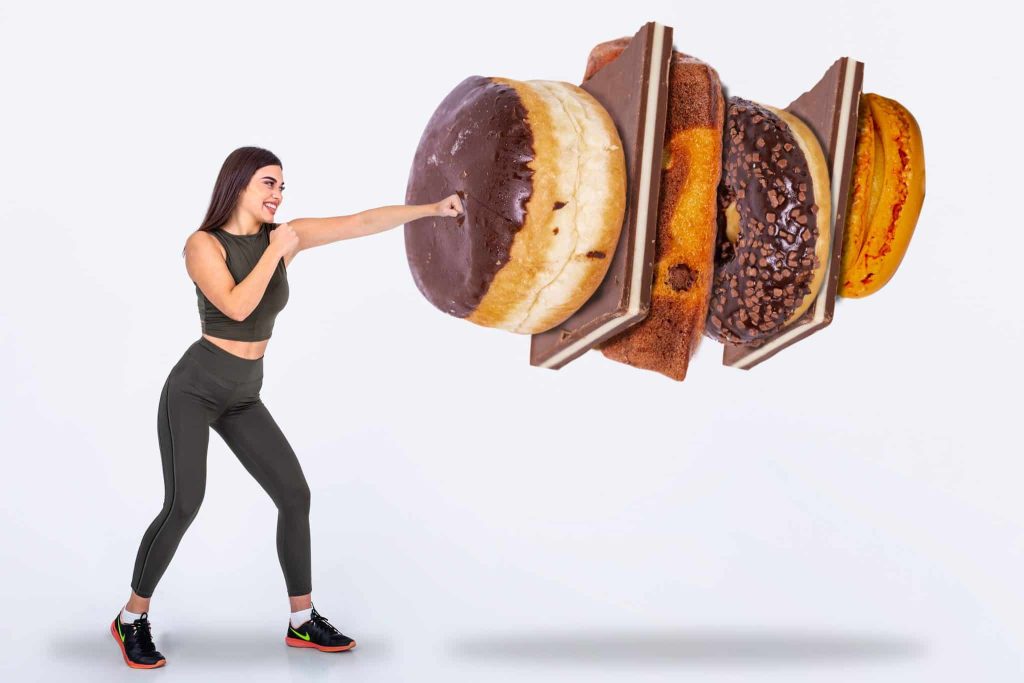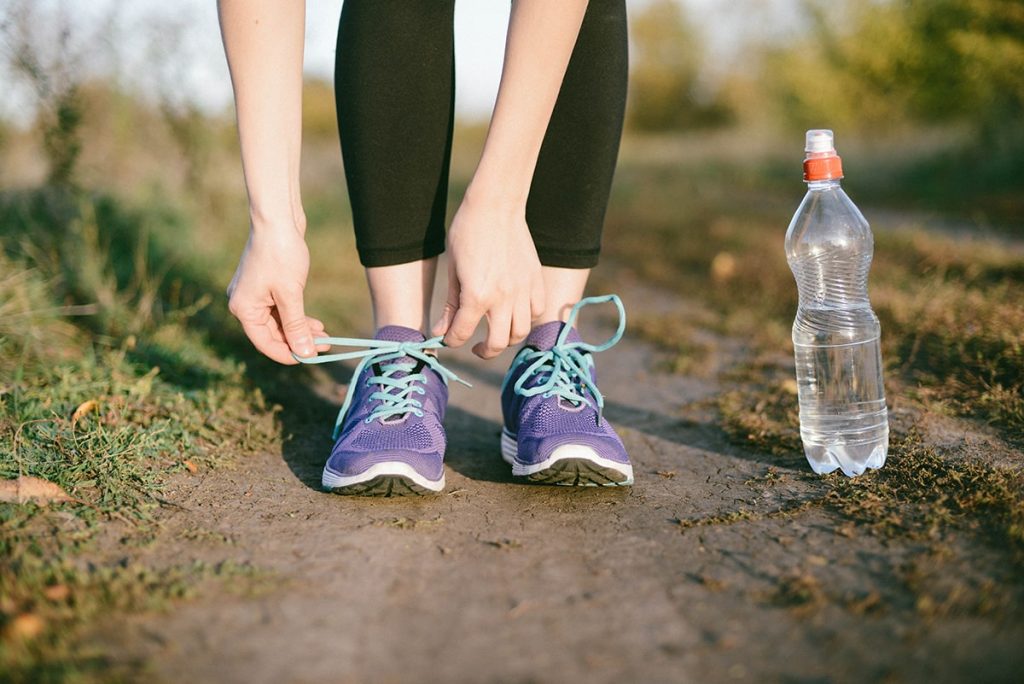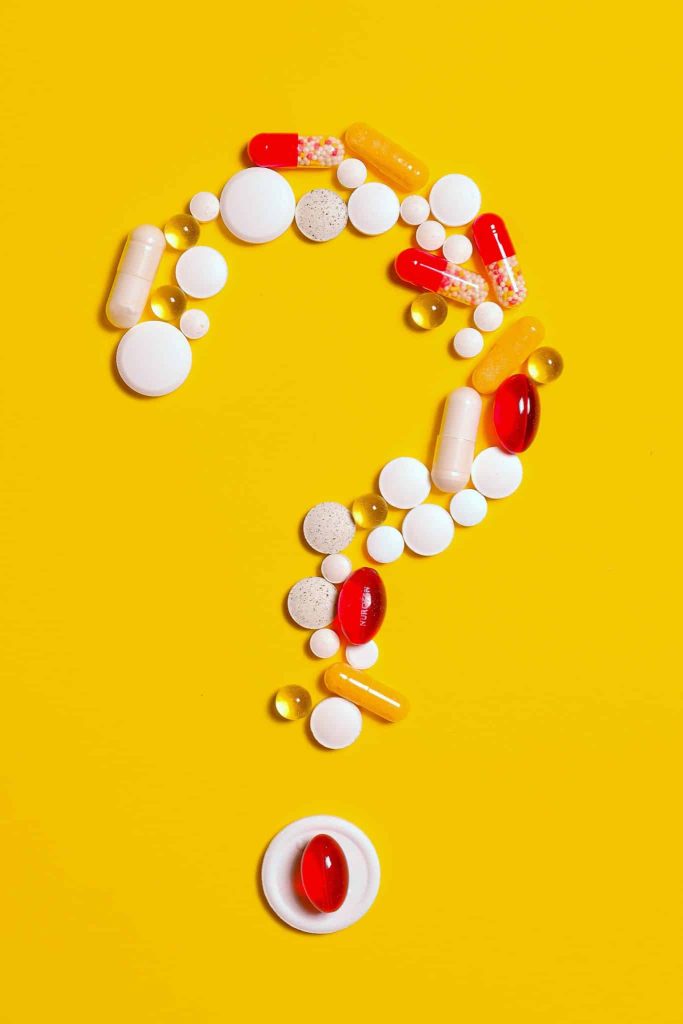Get the facts on the new weight loss drugs! Are they really healthy for you?

The Problems with New GLP-1 Weight Loss Drugs: A Closer Look- The advent of GLP-1 receptor agonists like Wegovy and Ozempic has created a wave of excitement in the fight against obesity. Originally developed to treat type 2 diabetes, these drugs have gained popularity due to their effectiveness in promoting weight loss. However, despite […]
Fast Weight Loss: Scientifically Proven Strategies for Quick sustainable Results

How to achieve fast weight loss with our proven strategies. Discover effective tips and techniques for quick results and a healthier you.
Get Fast Sustainable Weight Loss Results with Our Proven Strategies Backed by Science

Are you tired of trying every fad diet and exercise plan only to see minimal results? Do you long for a way to achieve fast and sustainable weight loss? Look no further! We have the solution you’ve been searching for. Our proven strategies are designed to help you get the weight loss results you’ve always […]
Looking to lose weight naturally and fast?

Pro Weight Loss offers fast all-natural weight loss program that helps your body to naturally lose unwanted body fat. Unlike unhealthy weight loss drugs, Pro Weight Loss has award-winning all-natural supplements that mimic your body’s natural response for weight loss, making the process faster, healthier, and without any hunger, cravings, or energy loss. Educating yourself […]
5 Easy Ways to Manage Your Hunger

Here are some easy hunger tips to help you manage cravings and feel full throughout the day:
Best Snacks That Keep You Full

If you’ve tried to lose weight and found you’re hungry all the time, you’re facing the same challenge as many people from Massachusetts. What you need are snacks that keep you full until your next meal. You need a snack that is lower in calories but will stay with you long enough, you aren’t so […]
Best Arm Workouts

As we approach winter, you might not think about arm workouts. After all, nobody will see your arms under layers of clothing. Holiday clothing is often sleeveless for women, and spring is always just around the corner, so it’s never too soon to start toning your arms. To prepare for the holidays and the upcoming […]
Proven Benefits Of Walking 45 Minutes Every Day

It’s a beautiful time of year in Massachusetts, it’s time to get outside before the winter sets in and take a walk to see the changing foliage or walk Salem during the Salem Haunted Happenings month-long Halloween celebration. You’ll get all the benefits of walking and seeing some beautiful sights or have some family fun. […]
The Best Vitamins For Weight Loss

You’ve probably read a lot of different ideas on herbs, phytonutrients, vitamins, and minerals. If you want to lose weight, you have to eat fewer calories than you burn. That being said, some supplements make your body function more efficiently, which helps you lose weight faster. They won’t do the hard work of cutting calories […]
The Bench Press: All You Need To Know

If you’re building chest muscles, you probably do bench presses. It’s one of the best-known upper body exercises. It’s more than just a chest exercise. It works your arms, shoulders, back, and glutes. For it to be effective, you have to know the proper form throughout the exercise. Doing it wrong can even be dangerous. […]